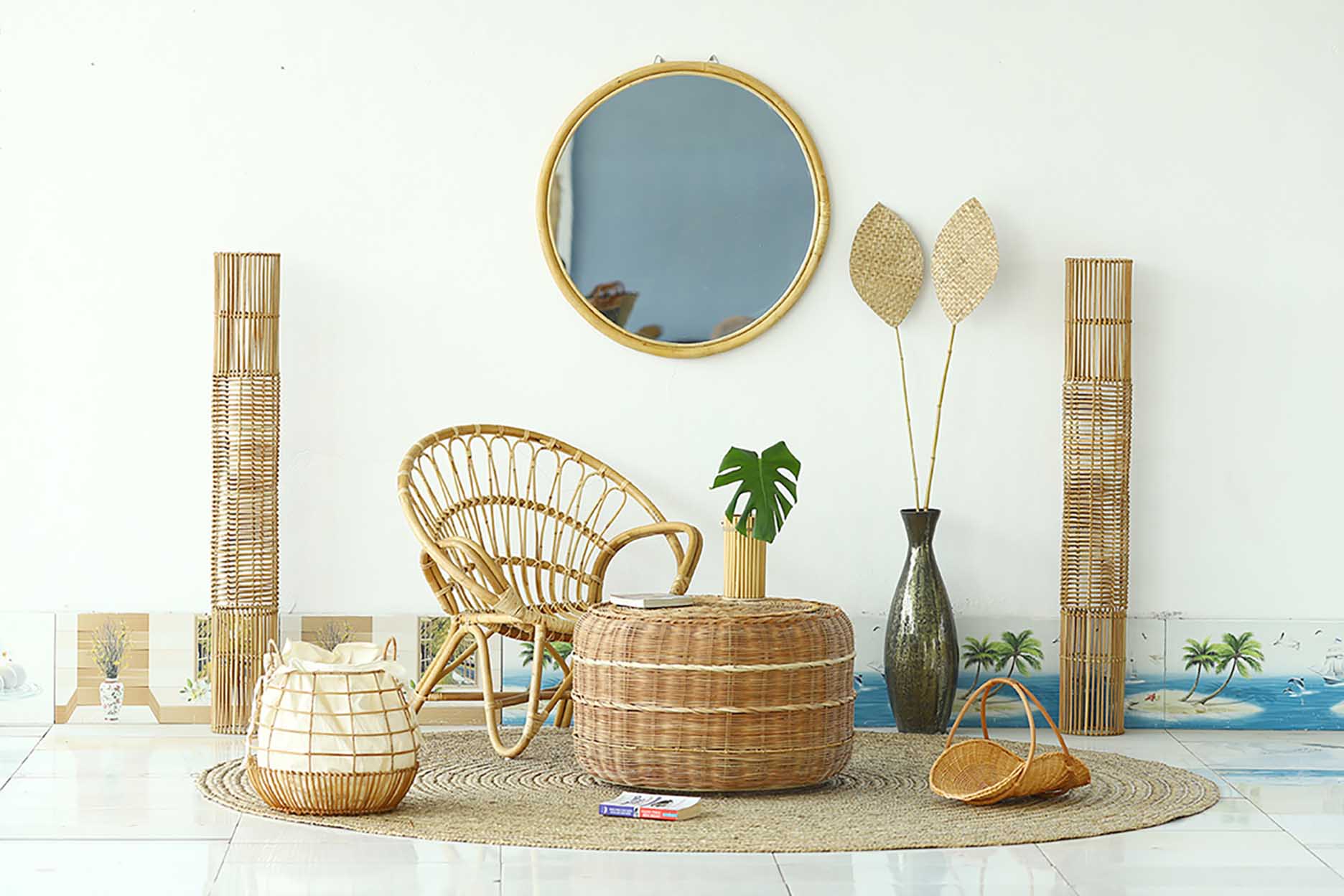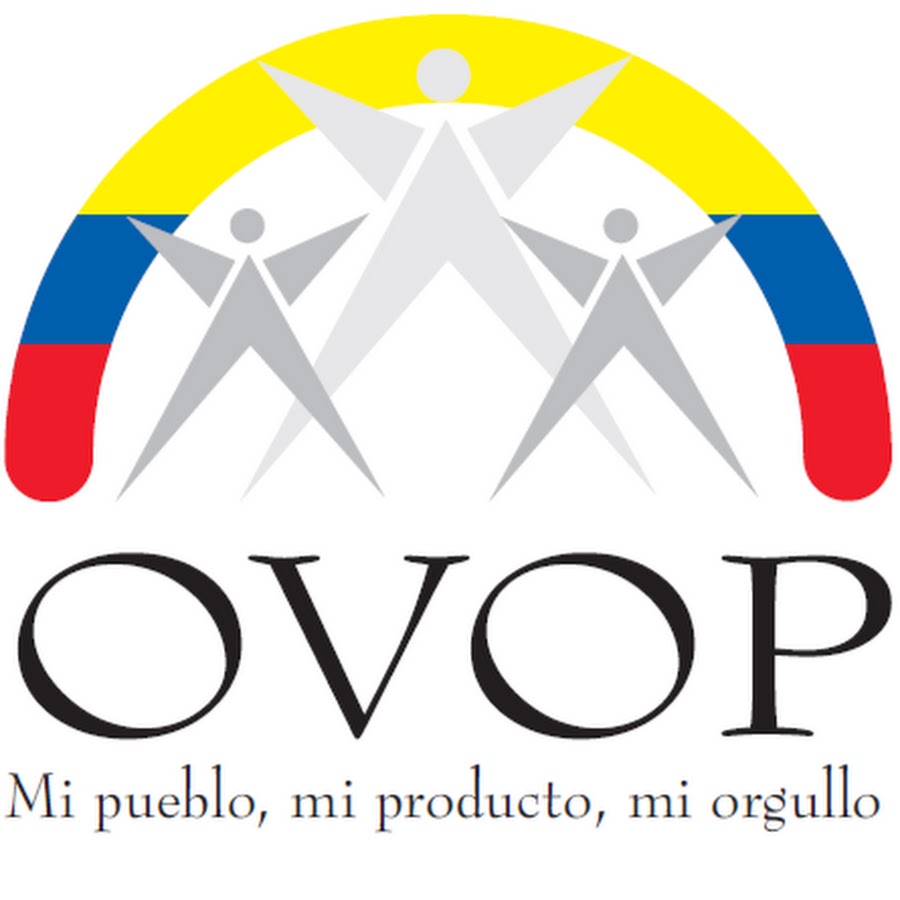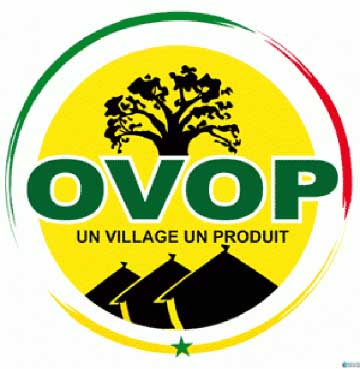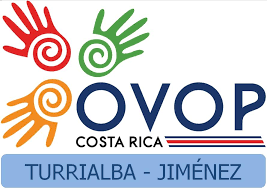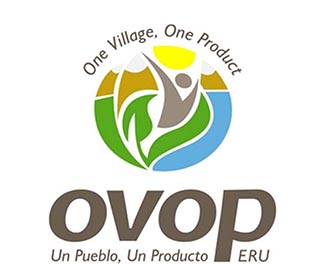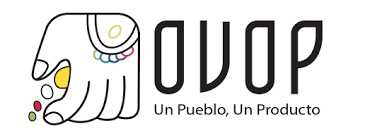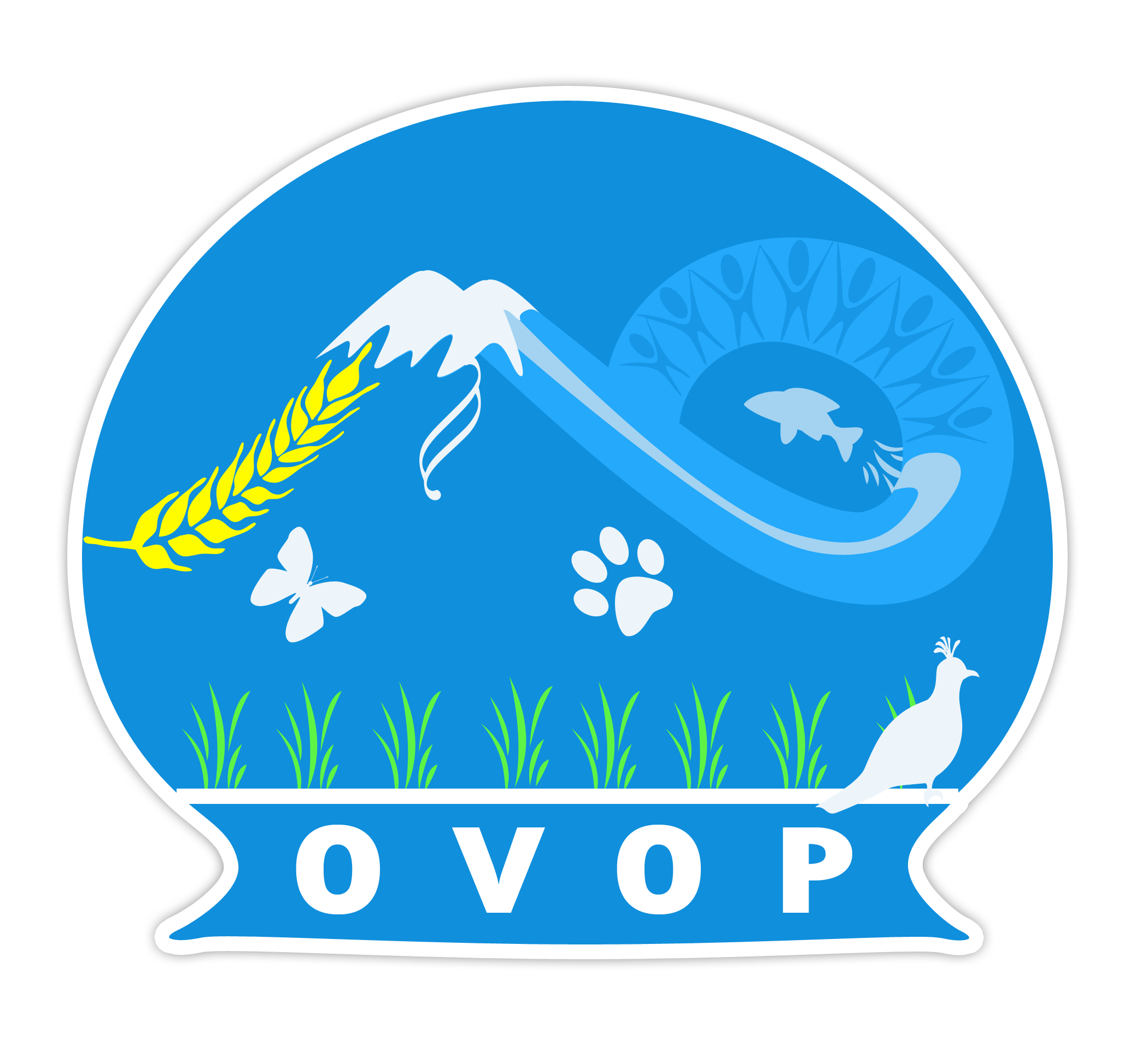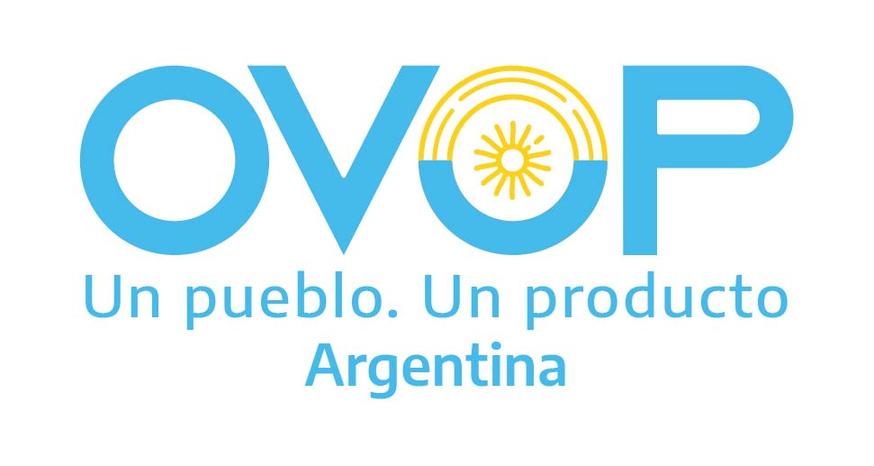Wicker weaving is one of the ancient handicrafts human created to serve their daily life. With creativity, for thousands of years, people made countless unique products. Trees with long branches, barks and elastic roots are usually used for weaving. Those kinds of plants grow everywhere, which is why wicker weaving becomes popular all over the world. The diversity and popularity of such materials contributed to the diversity of wicker products.
Depending on the climate, each nation, each country has their own special plants to develop wicker weaving, and there is no difference in the group of Russian speaking countries. Willow weaving is popular in all Russia, Belarus and Ukraine, yet straw weaving is the trend in Belarus while birch bark is the case in Russia.
Since ancient times, Russian have used willow for weaving with techniques passed down from generations to generations. This is special as it is one of the few folk craftsmanship that entered into the modern era with little change in the preprocessing of raw materials and wickerwork techniques. From willow trees, people often weave baskets, boxes and other household items to store vegetables and fruits, berries and mushrooms. Boxes for storing food, sewing items, and it is also used to decorate homes.
In Belarus woven baskets from willow are also quite popular and famous. Artisans with skillful hands can knit all shapes and sizes. One of the most recognizable products from the willow is a two-beam basket, in many countries it is called the "Belarus" basket («Беларускi кошык»). Its base is two circles that are fastened together. Therefore, when making these products, workers must have experience, techniques to be skillful, industrious so that the products made are beautiful and eye-catching.
When mentioning willow weaving in Ukraine, Iza village must be mentioned - the weaving crafts of this country. Now, like many years ago, the main occupation of 7000 Iza villagers is wicker weaving, where willow handicraft products are valued, stored and passed on from generation to generation, creating The fun with the uniqueness, sophistication and beauty of the product. In addition to weaving baskets, here they will weave a bottle of wine.
Willow is usually harvested from November of the previous year to March of the following year. After harvesting, the whole village will cook willow trees for a few hours in a large box in the field. Once cooked, they are cleaned, dried, graded to prepare for winter use. Wicker products such as flower pylons, bread baskets, baskets and boxes, rocking chairs, benches and tables, cabinets and all of these products are excellent, lightweight, durable and friendly decorations. to the environment to consumers.
In Russia, in addition to willow weaving, there is also a profession that is also thirsty for popular, which is weaving from birch bark - a symbol of the Russian nation. Through the hands of Russian artisans, birch bark products are no longer just ordinary wicker products but become authentic works of art. Birch bark weaving is popular in the regions of Vologda, Novgorod and Arkhangelsk, and in each region there is its own technique to decorate birch bark products - embossing, painting, carving, scraping, etc. High, malleable and less decayed of birch shells that craftsmen use to make items to serve daily needs such as Tuesa honey boxes, fruit baskets, jewelry boxes, tools. kitchen, lapti shoes, kuzhonki basket, etc.
Today, although they are different countries, in Russia's weaving industry, there are quite a lot of technical similarities, which are typical of other Slavic peoples such as Belarus and Ukraine. In wickerwork from willow in Russia, Belarus, Ukraine, the main material for weaving will be willow from 1 to 2 years old, without buds and branches. To determine whether the willow tree is suitable for weaving, the tree is cut and wrapped several times around the finger. The appropriate type will be able to spin around the finger a lot without breaking. When you look at the cut of the tree, you will see it is divided into 2 parts: core and wood bark. The thicker the core of the tree and the larger the bark of the wood, the better the quality of the tree.
Now wicker products are not as popular as they were in the middle of the last century, but this art form is slowly being revived. Wicker furniture is also becoming popular again, especially suitable for the interior of old houses, as well as cafes and restaurants that want to create their own unique decor. Bread boxes, napkins and meticulous utensils are also quite common. After all, each work of art created by artisans is unique in their own way and reflects the souls of the Slavic peoples. Moreover, craft products in the age of technology and industrial development should be preserved and favored even more.






